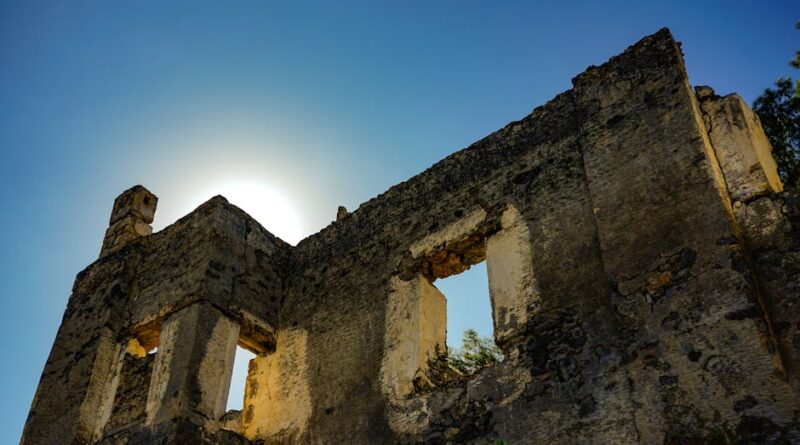Cultural Preservation Projects: Preserving the Past for the Future
Welcome to a world where the echoes of the past reverberate through the present, shaping our understanding of who we are and where we come from. Cultural preservation projects stand as a testament to the importance of safeguarding our heritage, traditions, and identities for generations to come. From ancient ruins to traditional crafts, from endangered languages to intangible cultural practices, these projects play a crucial role in ensuring that the richness and diversity of human culture are not lost to the sands of time.
But what exactly are cultural preservation projects, and why do they matter? How do they impact communities, economies, and the global landscape? Join us on a journey through the intricate tapestry of cultural preservation as we delve into the various facets of this vital endeavor.
The Significance of Cultural Preservation
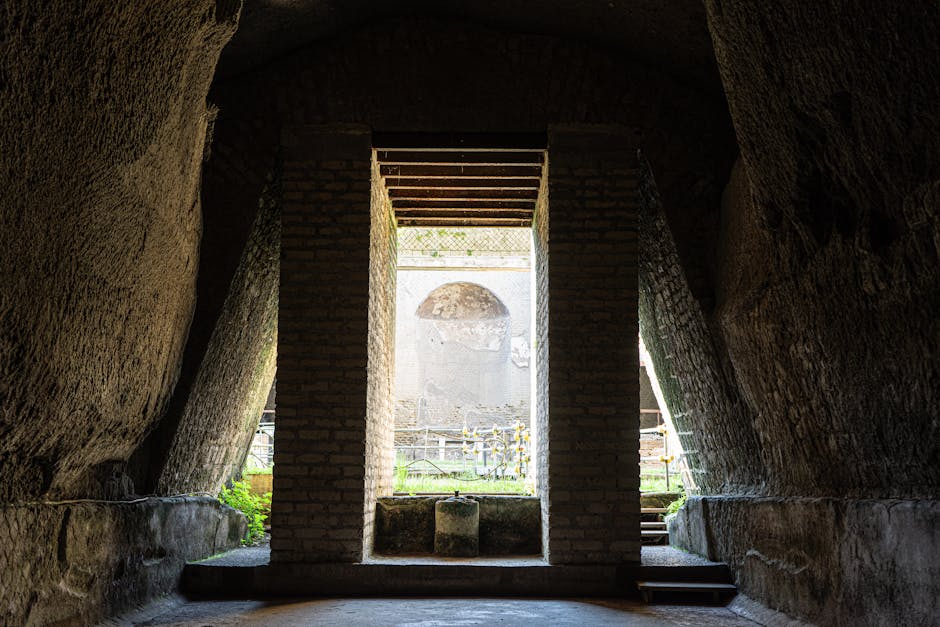
At the heart of cultural preservation projects lies a profound respect for the past and a deep-seated belief in the power of heritage to unite, inspire, and educate. By safeguarding cultural artifacts, traditions, and practices, these projects help us connect with our roots, understand our place in the world, and appreciate the diversity of human experience.
Moreover, cultural preservation projects serve as a crucial tool for fostering social cohesion, promoting sustainable development, and combating the erosion of cultural identities in an increasingly globalized world. They empower communities to take ownership of their heritage, revitalize traditional practices, and pass on their knowledge to future generations.
From UNESCO World Heritage sites to local initiatives preserving endangered languages, cultural preservation projects come in all shapes and sizes, each contributing to the mosaic of human culture in its own unique way.
Preserving Architectural Heritage
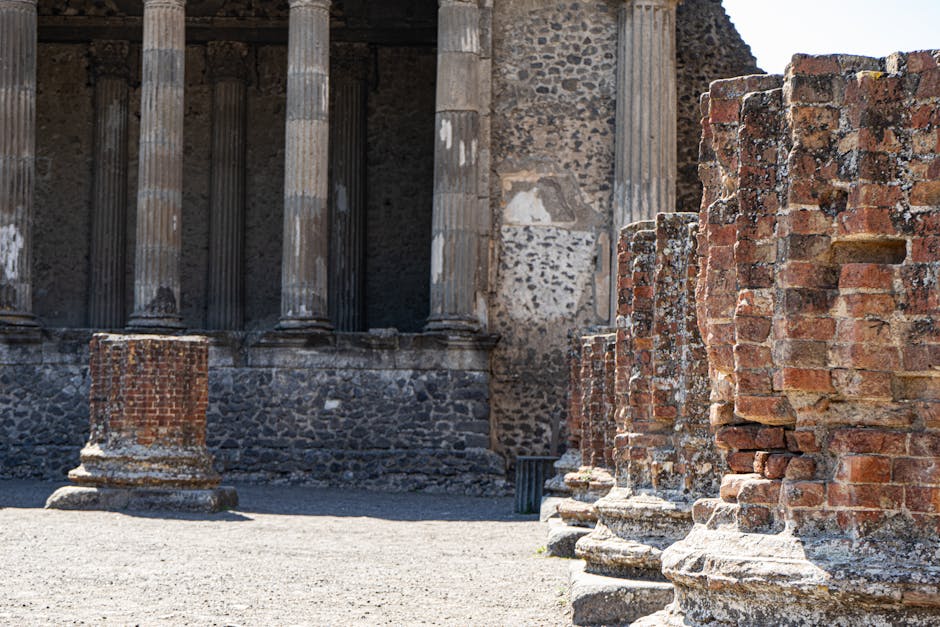
One of the most visible forms of cultural preservation is the conservation of architectural heritage. From ancient temples and palaces to historic houses and urban landmarks, architectural preservation projects aim to protect, restore, and showcase the built environment as a living testament to our shared history.
For example, the restoration of the ancient city of Petra in Jordan, a UNESCO World Heritage site, involved painstaking efforts to stabilize crumbling structures, clean intricate carvings, and ensure the site’s long-term preservation. Through these efforts, Petra has been transformed from a neglected archaeological site into a thriving tourist destination and a source of national pride.
Similarly, in Venice, Italy, ongoing campaigns to safeguard the city’s iconic palazzos, bridges, and canals from the effects of climate change and overtourism have sparked global interest and debate. By balancing the needs of residents, tourists, and heritage conservationists, these projects strive to ensure that Venice remains a vibrant, livable city for future generations.
Revitalizing Traditional Crafts
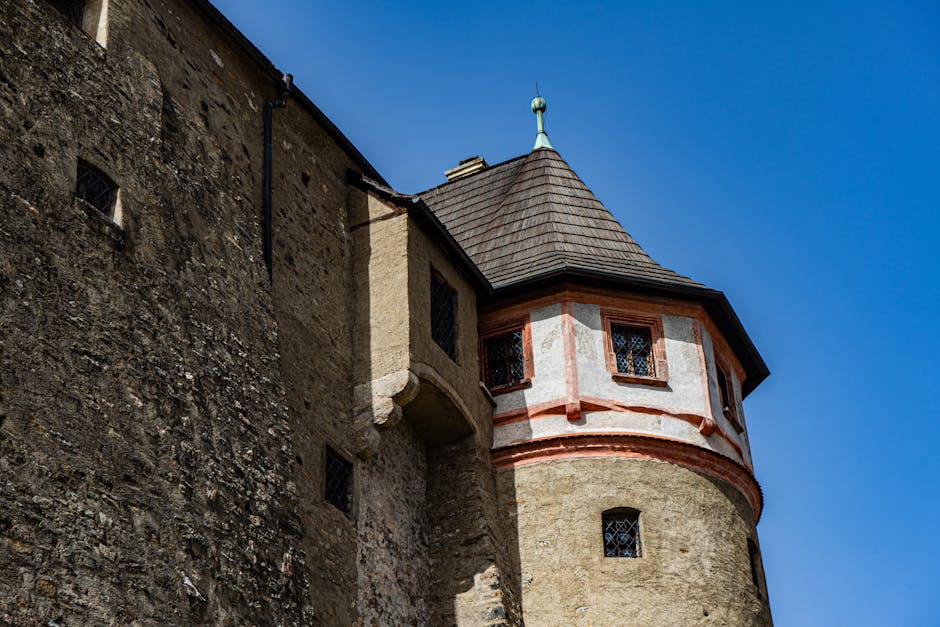
While architectural preservation focuses on physical structures, cultural preservation projects also extend to intangible aspects of heritage, such as traditional crafts and skills. In many communities around the world, age-old techniques for weaving, pottery-making, woodcarving, and other crafts are at risk of disappearing due to changing societal norms, economic pressures, and lack of interest among younger generations.
Revitalizing traditional crafts involves not only preserving the techniques and materials involved but also creating viable markets, training programs, and cultural events that celebrate and promote these crafts. For example, the Oaxaca Textile Museum in Mexico showcases the intricate weavings of indigenous artisans, providing them with a platform to sell their wares, connect with customers, and pass on their knowledge to apprentices.
In Japan, the concept of “living national treasures” recognizes master artisans who have demonstrated exceptional skill and dedication to preserving traditional crafts. By honoring these artisans and supporting their work, Japan ensures that centuries-old techniques for making pottery, lacquerware, and textiles continue to thrive in the modern world.
Protecting Endangered Languages
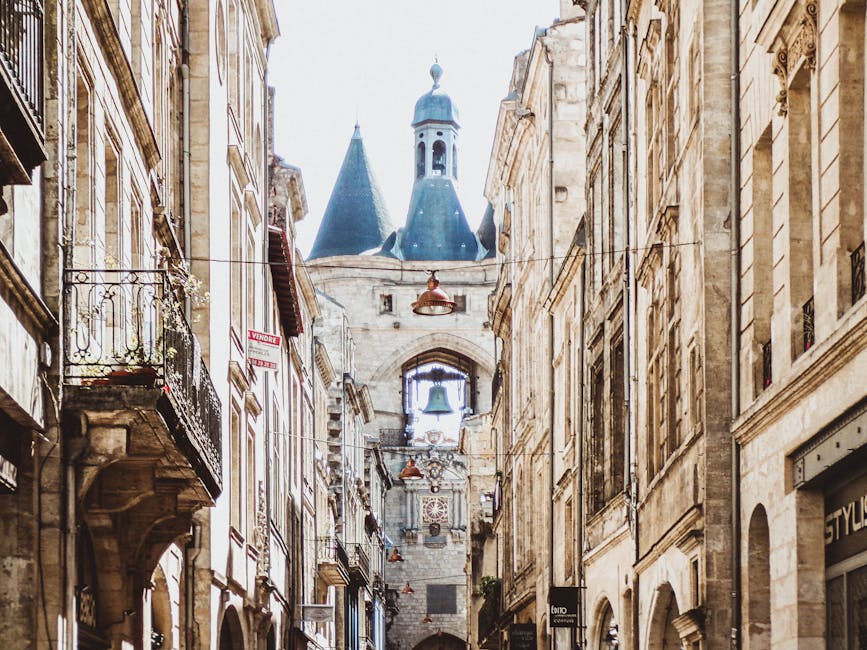
Language is not just a means of communication; it is a repository of knowledge, culture, and identity. Yet, many of the world’s languages are at risk of disappearing, with one language estimated to go extinct every two weeks. Cultural preservation projects focused on protecting endangered languages play a vital role in documenting, revitalizing, and promoting linguistic diversity.
For example, the Rosetta Project, a global initiative to create a digital archive of endangered languages, has collected over 4,000 language documentation samples from around the world, providing researchers, educators, and community members with valuable resources for language preservation and revitalization.
In Australia, the Miriwoong Language Nest program brings together elders, youth, and educators to promote the use of the Miriwoong language in everyday life. By incorporating traditional language teaching methods, storytelling, and song into the curriculum, the program ensures that the Miriwoong language remains a vibrant part of the community’s cultural heritage.
Safeguarding Intangible Cultural Heritage
Intangible cultural heritage encompasses a wide range of practices, rituals, performances, and traditions that are passed down from generation to generation. From traditional music and dance to religious ceremonies and culinary traditions, intangible cultural heritage plays a vital role in shaping our sense of identity and belonging.
UNESCO’s Convention for the Safeguarding of the Intangible Cultural Heritage recognizes the importance of these intangible practices and encourages countries to identify, protect, and promote them through a variety of means, including community-based initiatives, educational programs, and cultural festivals.
For example, the Gion Matsuri festival in Kyoto, Japan, is a vibrant celebration of traditional music, dance, and processions that dates back over a thousand years. By involving local communities, artists, and scholars in the planning and execution of the festival, Kyoto ensures that this intangible cultural heritage continues to thrive and evolve in the modern era.
Preserving Cultural Heritage in Conflict Zones
War, conflict, and political instability pose significant challenges to the preservation of cultural heritage, as historical sites, artifacts, and traditions are often targeted for destruction, looting, or propaganda purposes. Cultural preservation projects in conflict zones play a critical role in documenting, protecting, and rebuilding damaged or threatened heritage sites.
In Syria, the ongoing civil war has led to the destruction of numerous UNESCO World Heritage sites, including the ancient city of Palmyra and the historic souk of Aleppo. Organizations such as the Global Heritage Fund and the International Council on Monuments and Sites work tirelessly to document the damage, raise awareness of the threats, and support local efforts to safeguard Syria’s cultural heritage for future generations.
Similarly, in Iraq, the looting of archaeological sites and museums during periods of conflict has resulted in the loss of priceless artifacts and cultural treasures. The Iraqi Institute for the Conservation of Antiquities and Heritage, with support from international partners, is working to train local conservationists, rebuild damaged sites, and combat the illicit trade in cultural artifacts.
Challenges and Controversies in Cultural Preservation
While cultural preservation projects are undeniably important, they also face a host of challenges and controversies that can complicate their implementation and impact. From issues of cultural appropriation and repatriation to debates over authenticity and commercialization, the field of cultural preservation is constantly evolving and adapting to new realities.
One of the key challenges in cultural preservation is striking a balance between conservation and development, particularly in regions where heritage sites are threatened by urbanization, tourism, or natural disasters. Finding sustainable solutions that protect cultural assets while benefiting local communities requires a delicate dance of diplomacy, collaboration, and innovation.
Additionally, the rise of digital technologies, such as 3D scanning, virtual reality, and artificial intelligence, offers new opportunities for documenting, preserving, and sharing cultural heritage in innovative ways. However, these technologies also raise ethical questions about who owns, controls, and benefits from the digitization of cultural artifacts and sites.
Conclusion
As we navigate the complexities of the modern world, cultural preservation projects remind us of the enduring power of heritage to inspire, educate, and unite us across time and space. By protecting our shared past, we create a foundation for a more inclusive, resilient, and sustainable future for all. Let us join hands in preserving the treasures of our cultural heritage, for they are the threads that bind us together in a tapestry of human experience.
Long story short, cultural preservation projects are not just about preserving the past; they are about shaping the future and ensuring that our collective memory remains vibrant, diverse, and enriching for generations to come.

